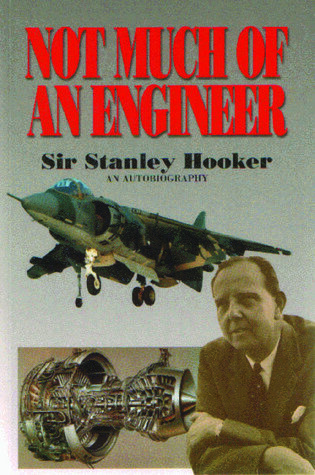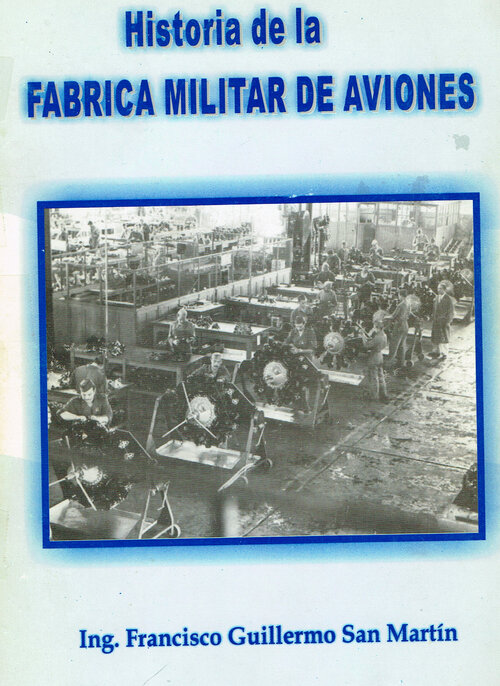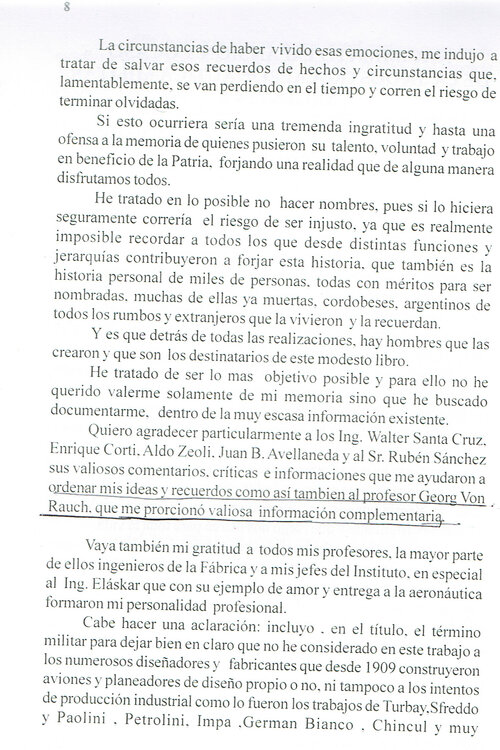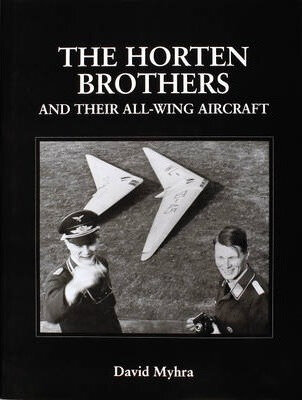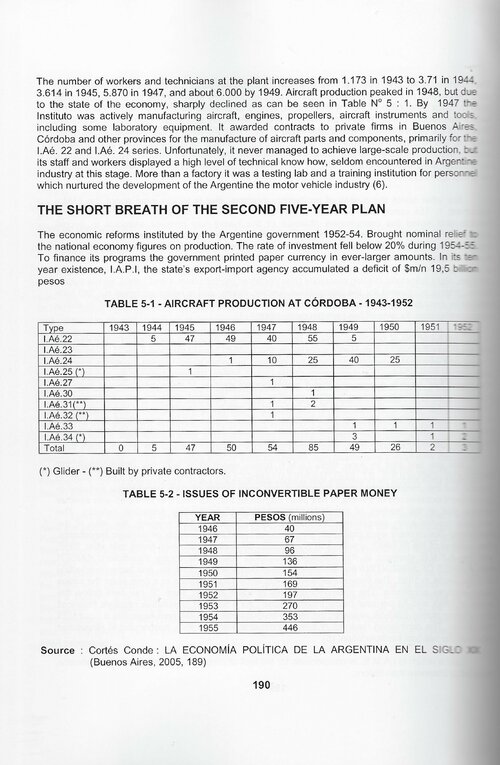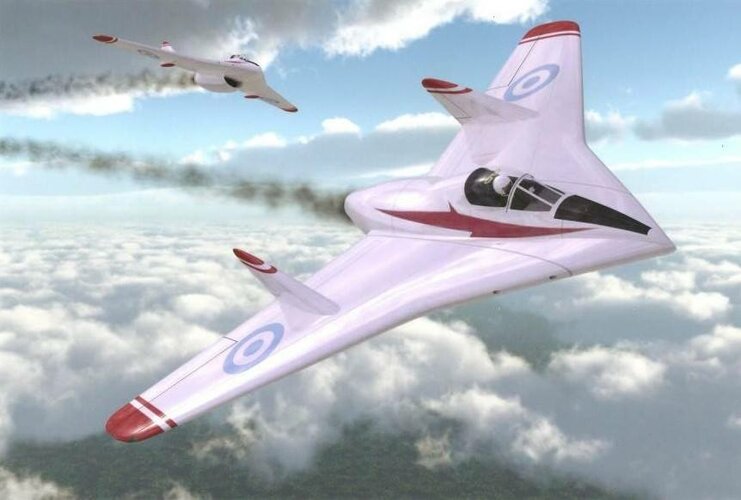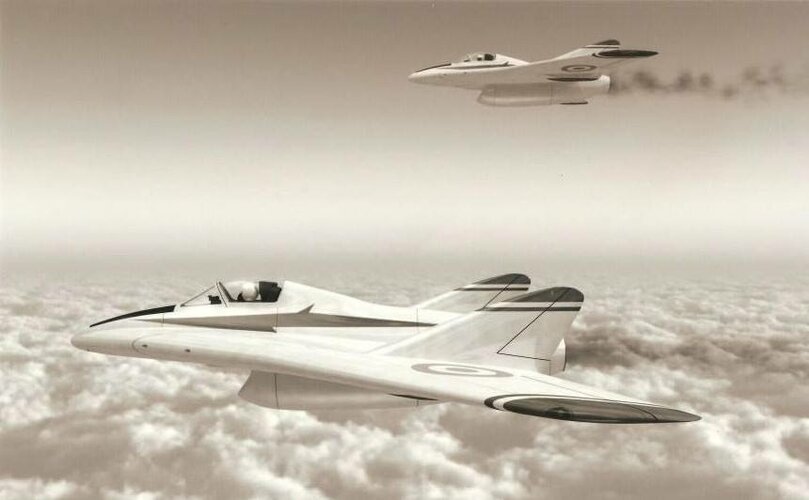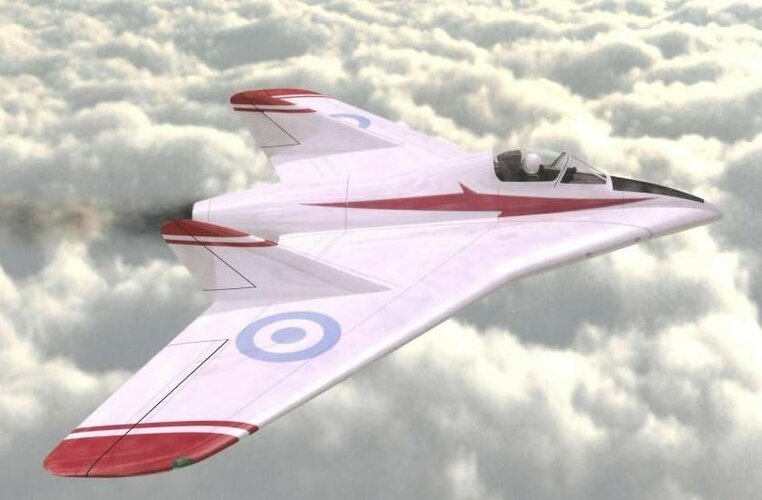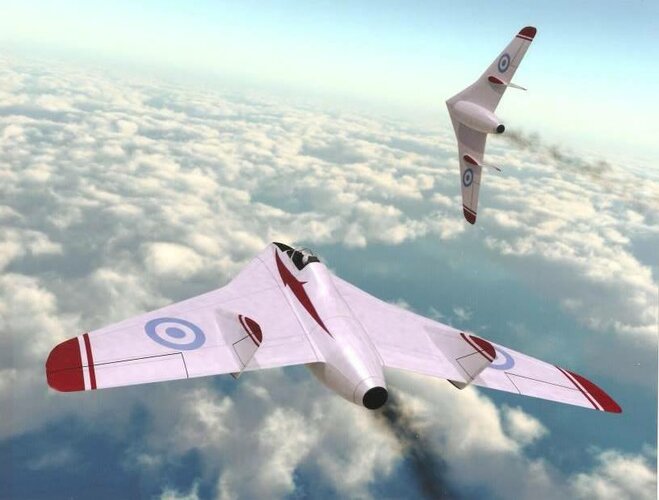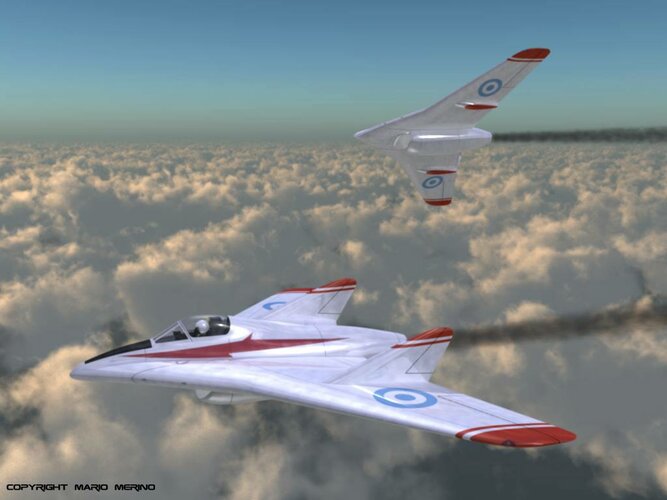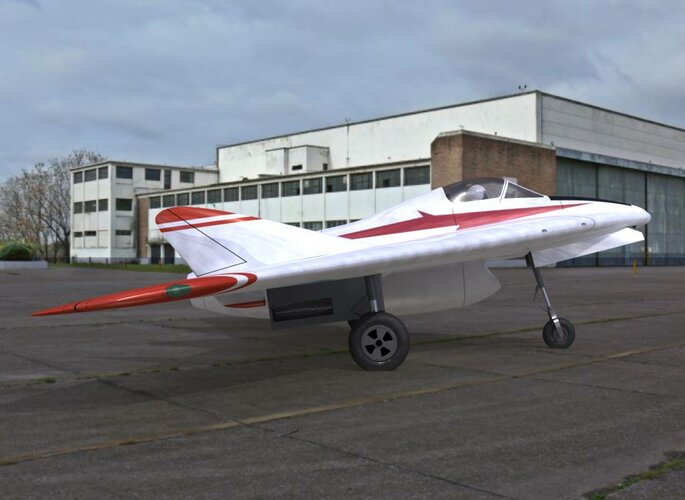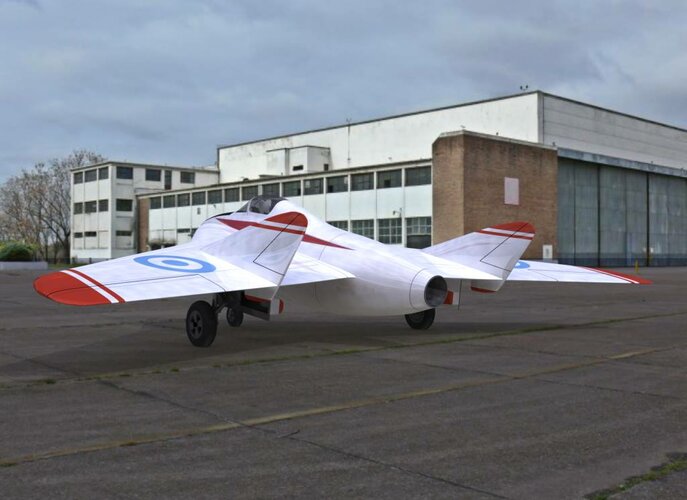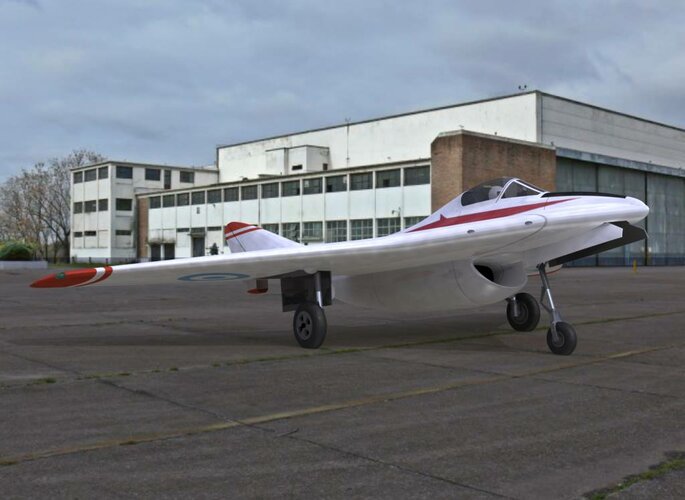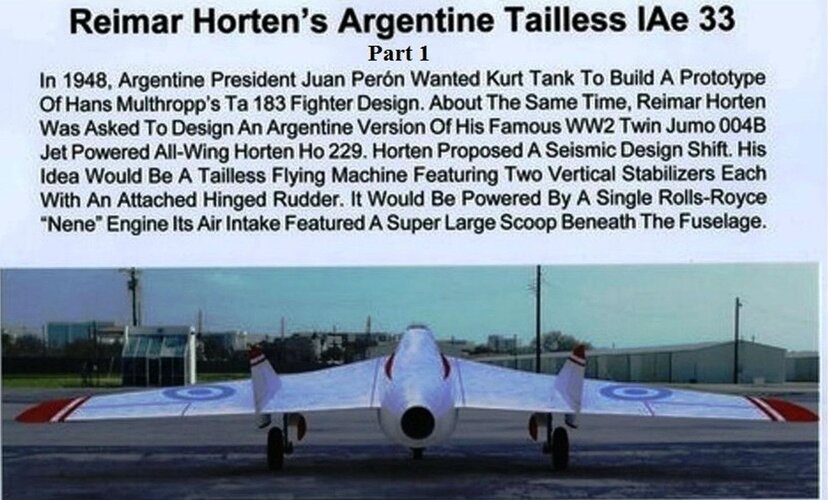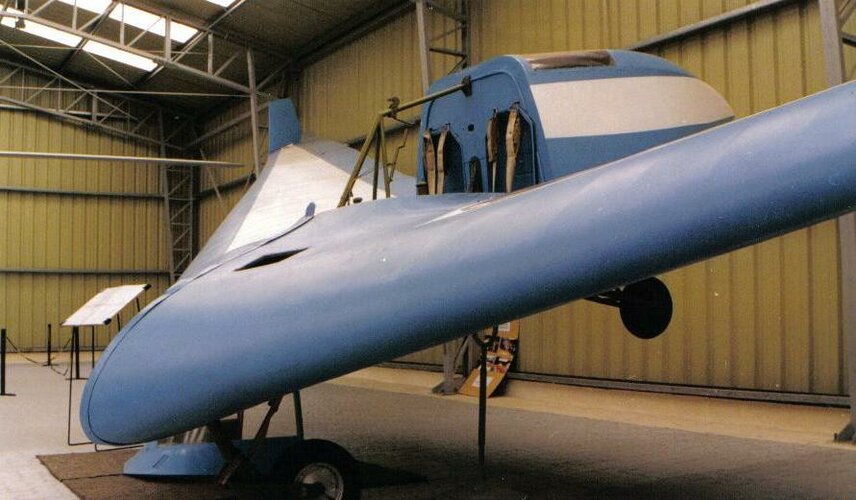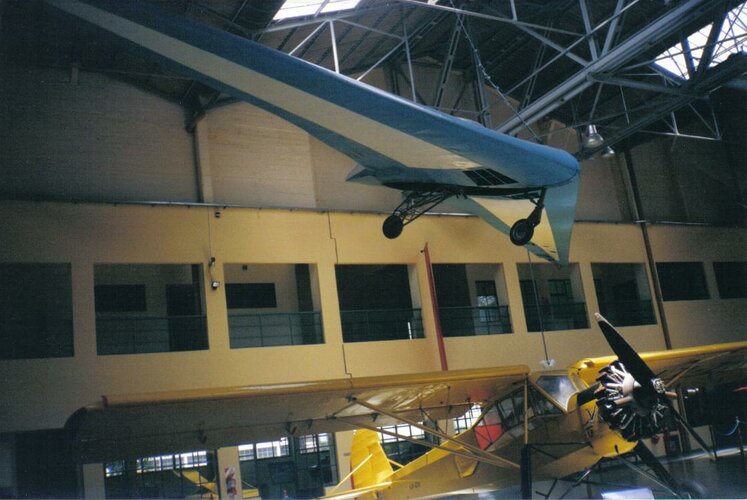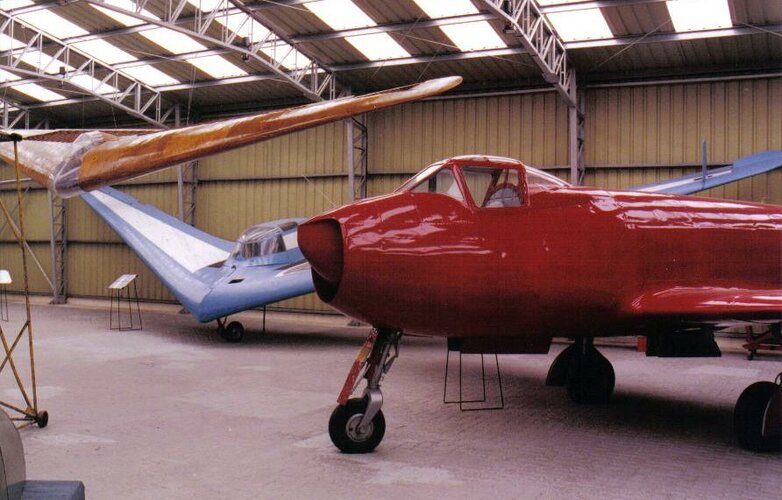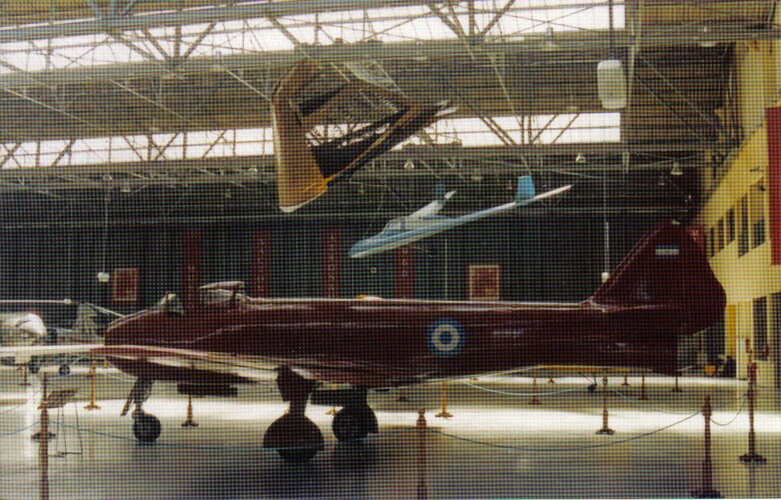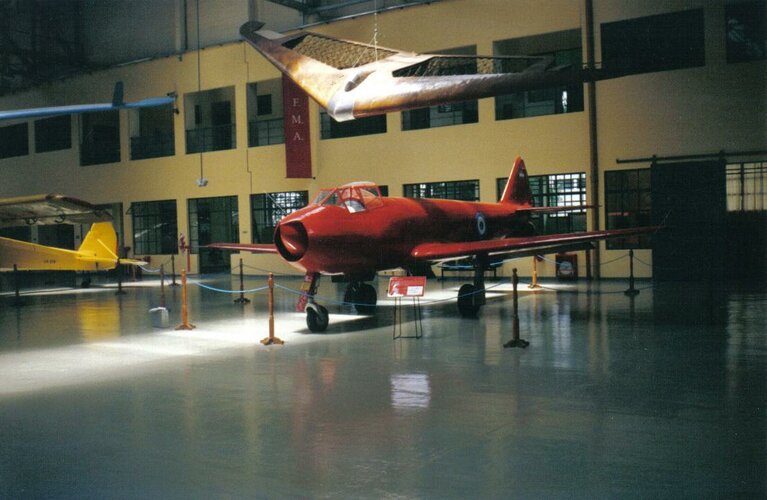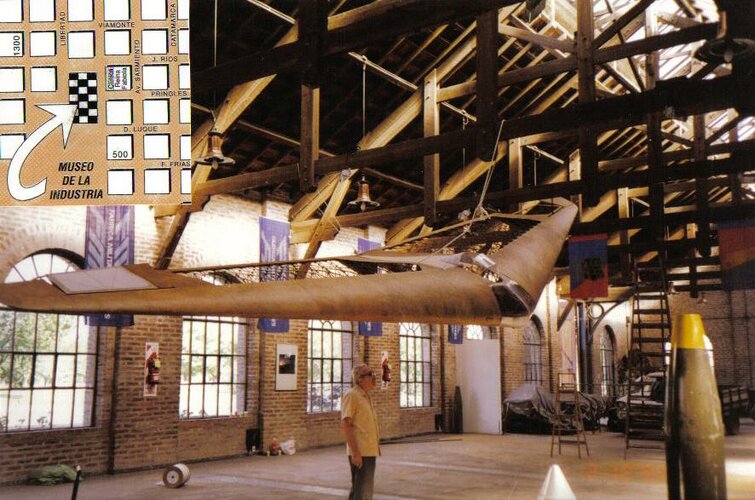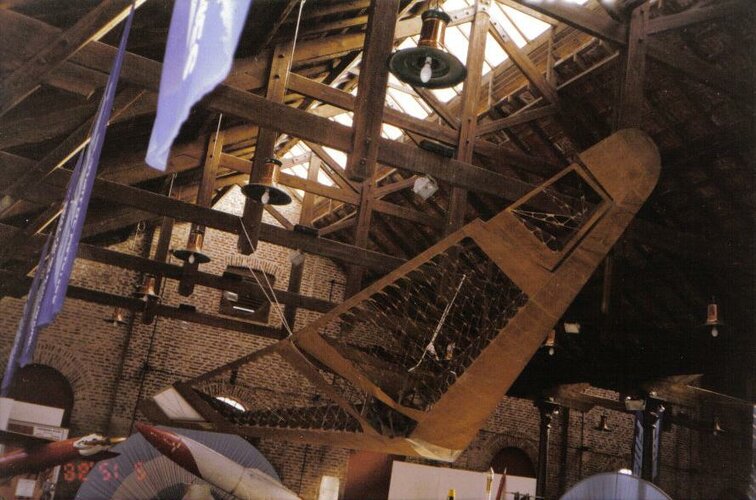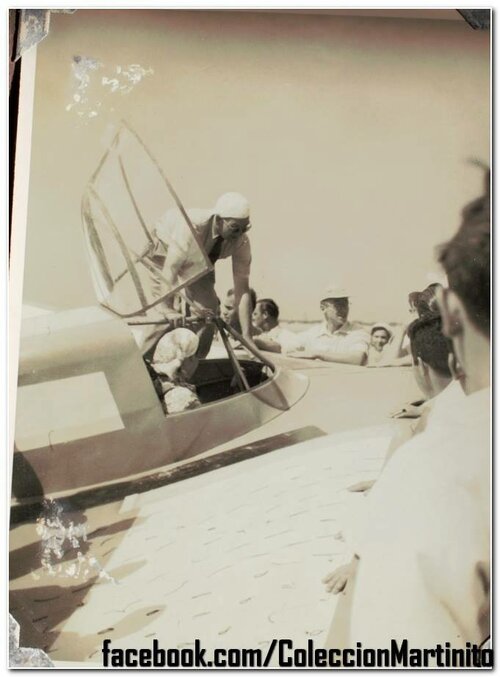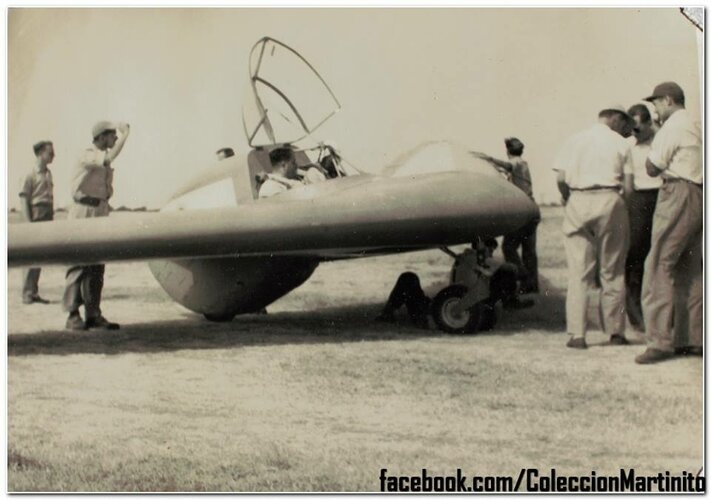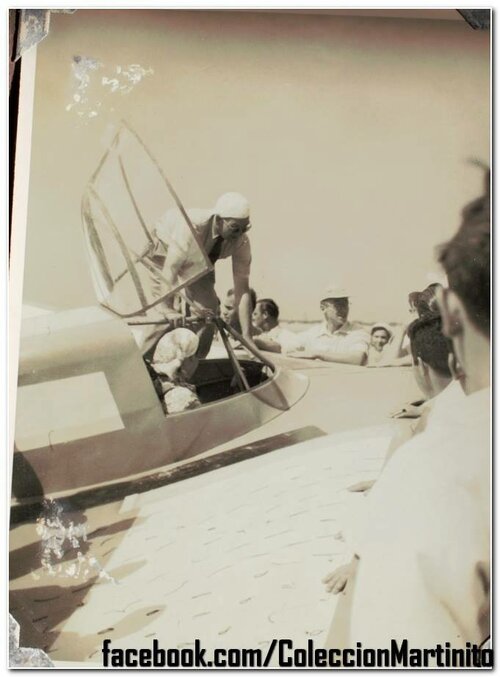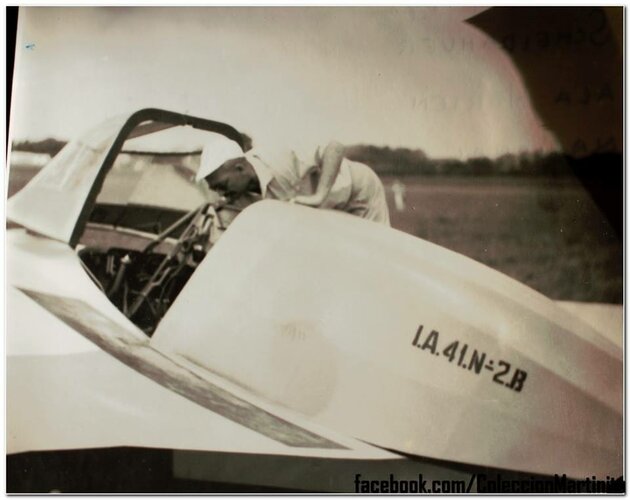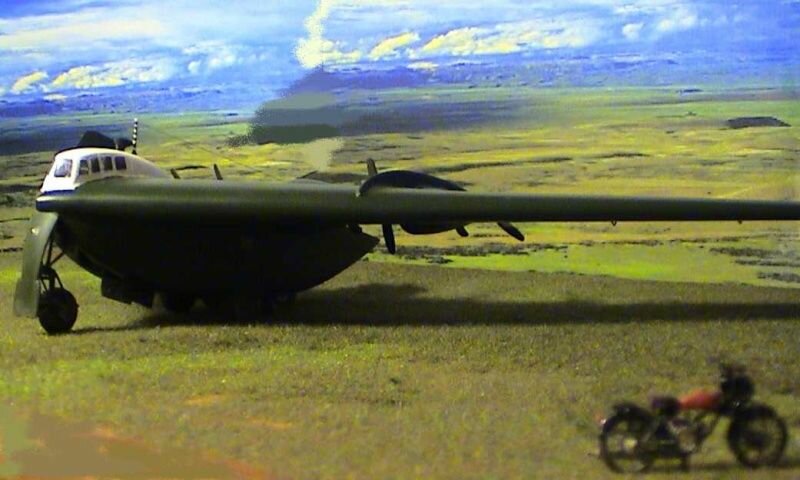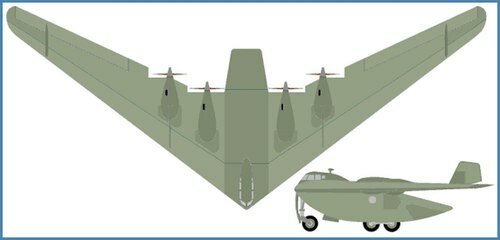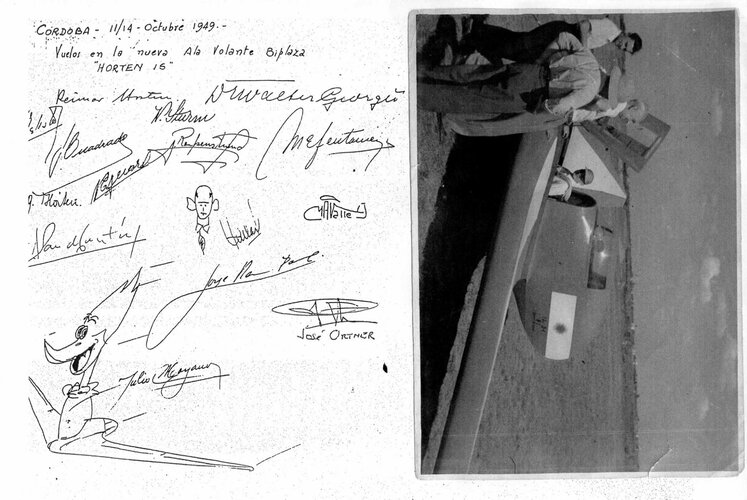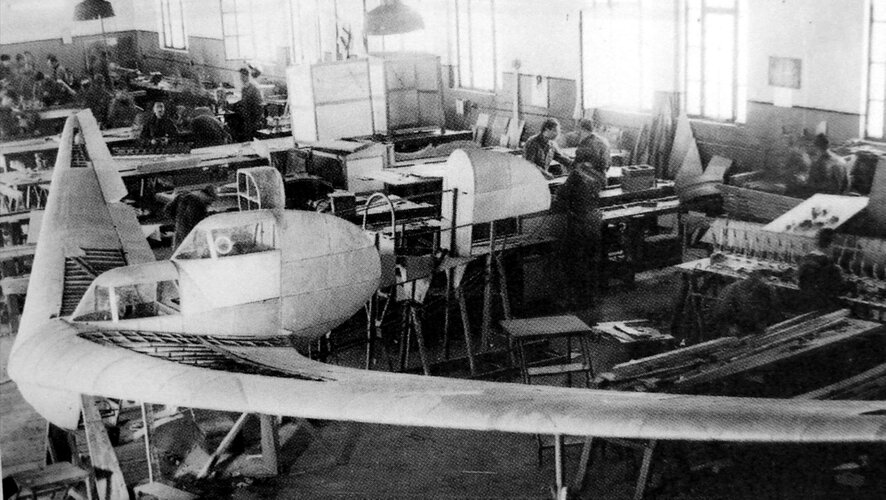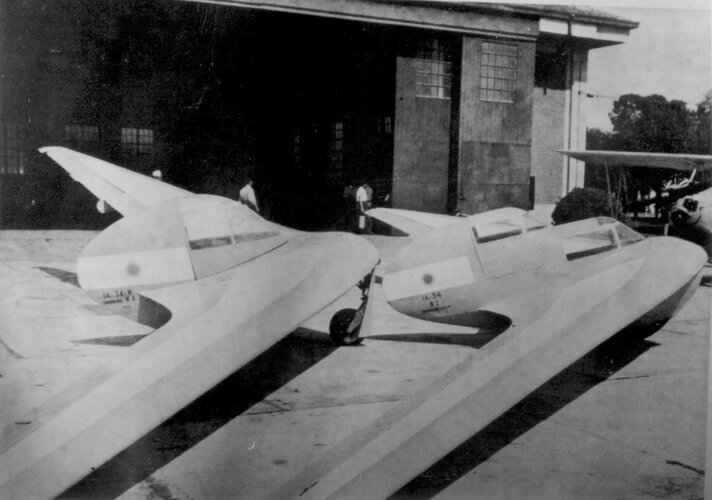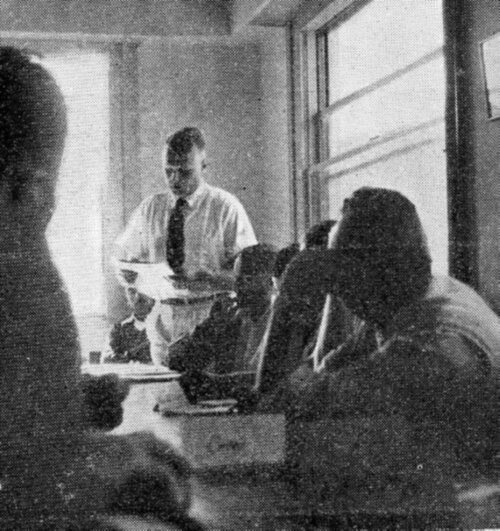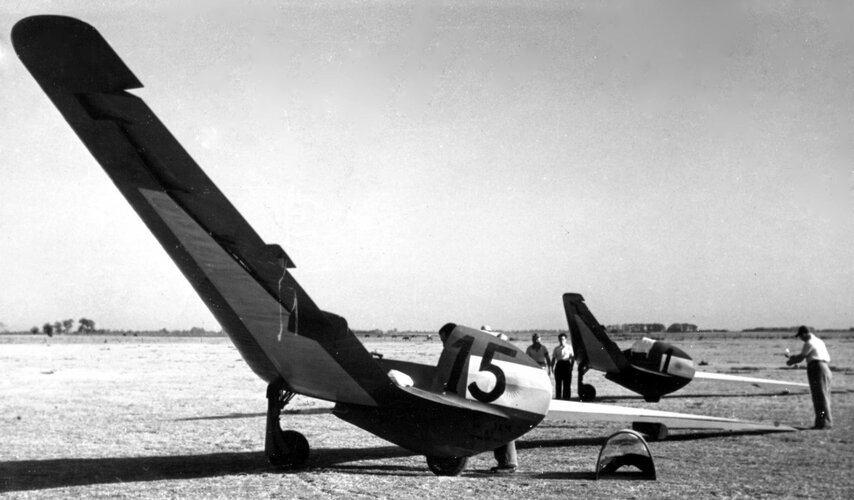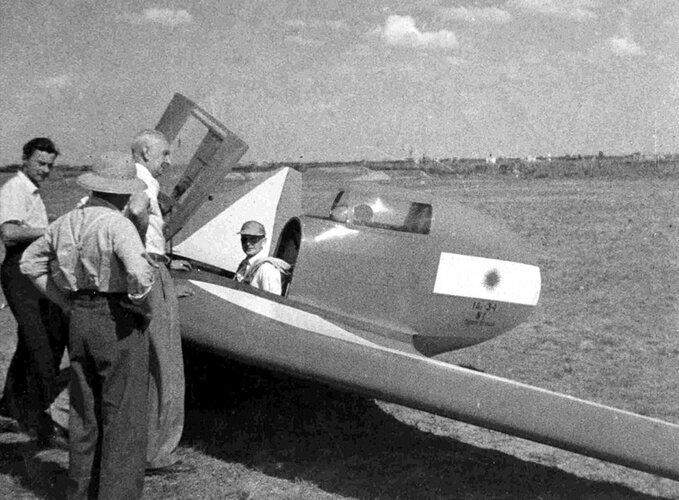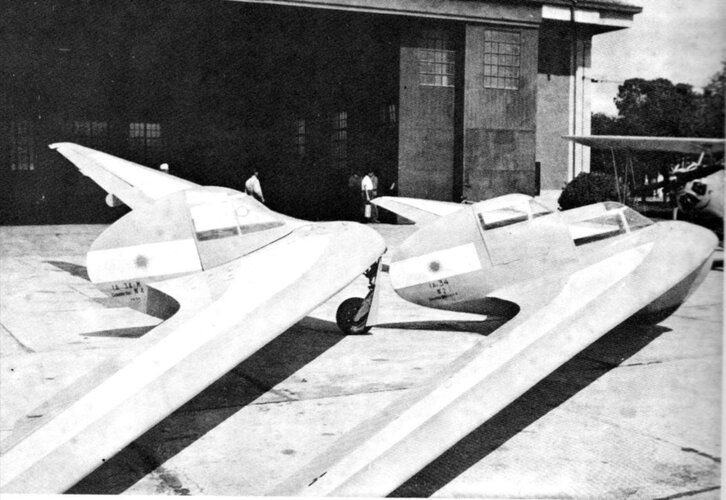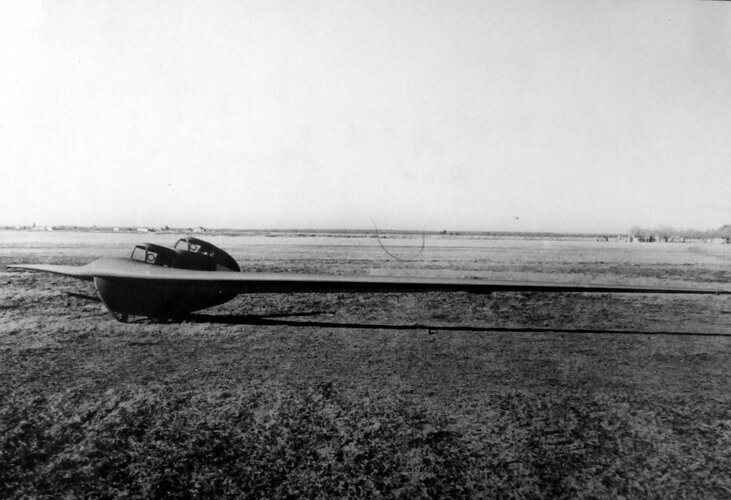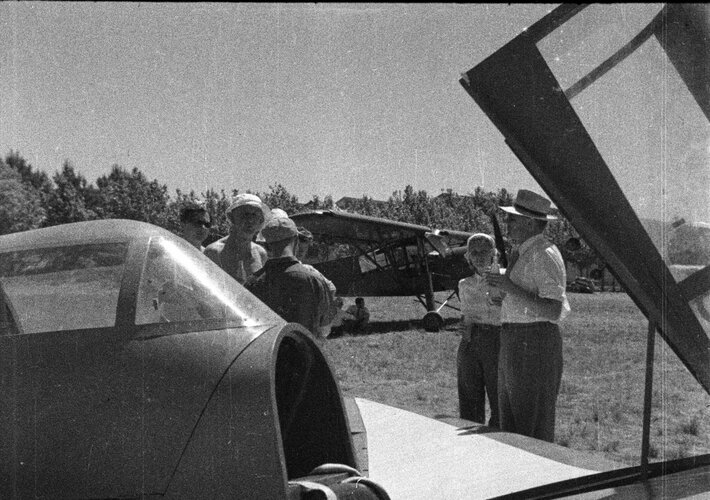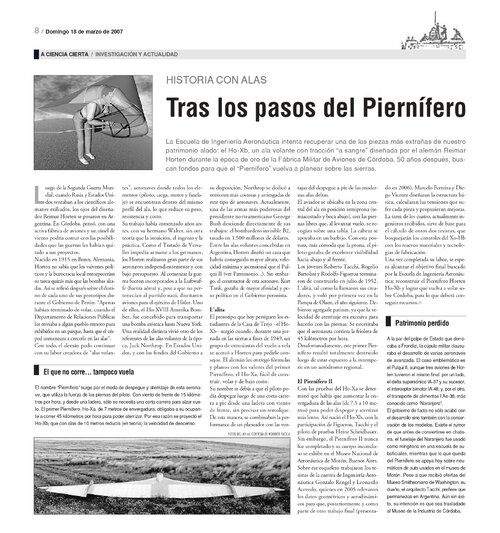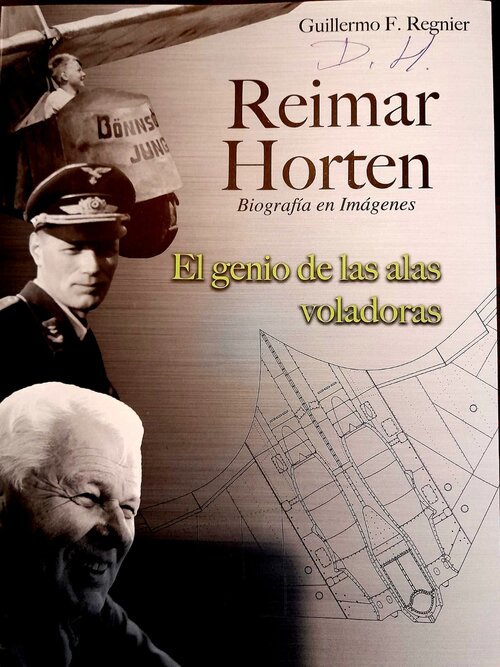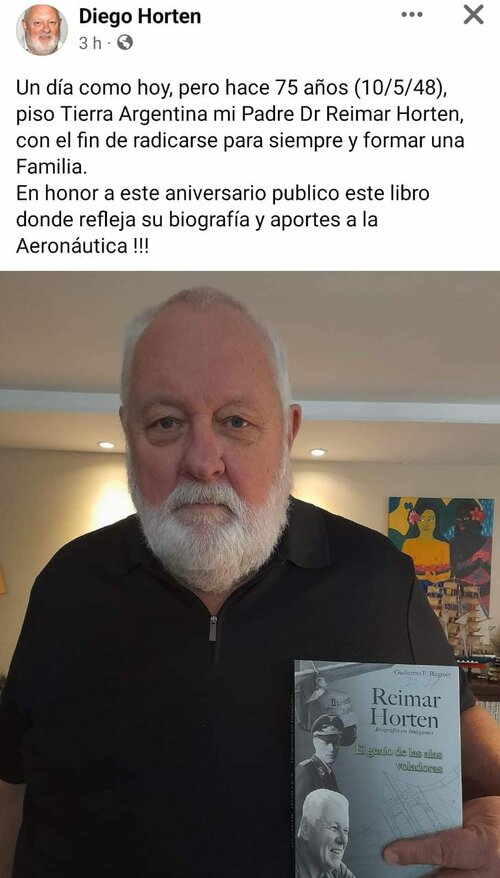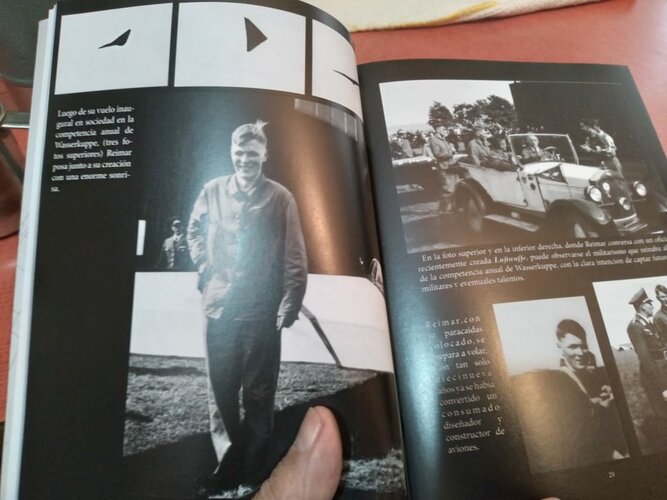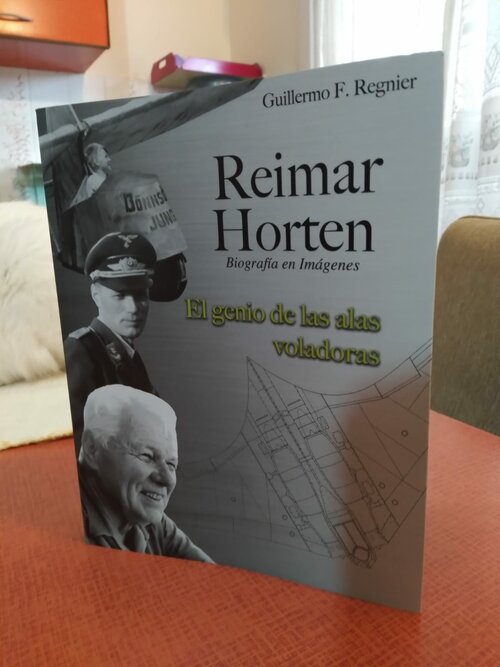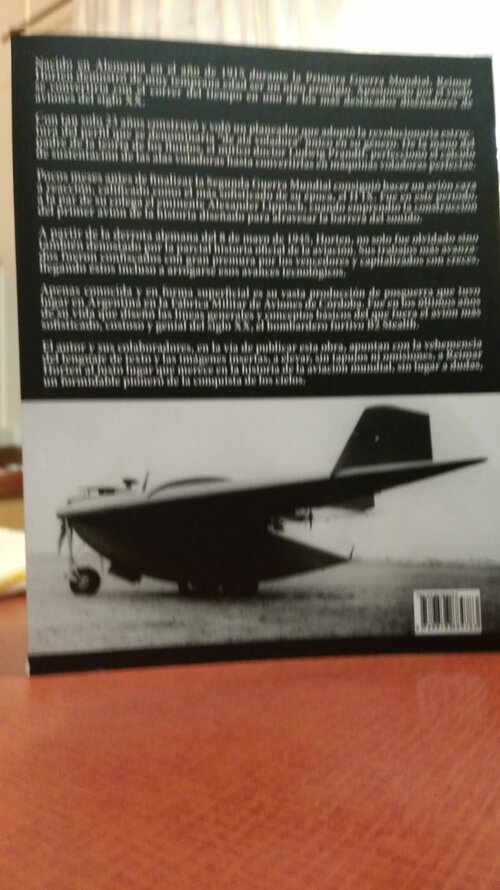Actually, the details of the four-seater came from my book on the FMA. But what did Diplo. Ing. Reinmar Horten have to say in his book.
" Working conditions at the Institute were even more difficult than those in Germany during the war. We could not obtain spruce pine nor good quality birch plywood, therefore we had to employ local materials of an inferior quality. The greatest problem we had was the glue. The General in charge of the Institute ordered that the glue should be manufactured by the chemical department. When we received it, it was already beginning to harden and most of it was useless. Several aircraft were lost due to failure of this glue. The fate of new prototypes was also rather peculiar. Before it could even fly, the Public Relations Department sent it to some far away village, where it was exhibited until grass began to grow through the wings. After that, the prototype was ready for the scrap heap. Nine gliders were manufactured under such difficult conditions."
As I point out in my book on the FMA, there was a divorce between aspirations and reality. Horten adds that the I.A.48 (and I add the IA 37) were beyond the capabilities of an (industrially) underdeveloped country such as the Argentine.
Stanley Hoooker in his book "Not much of an enginee"r mentions the glue, manufactured from horse fat which was quite malodorous.
Nurflügel: Die Geschichte der Horten-Flugzeuge 1933-1960?
" Working conditions at the Institute were even more difficult than those in Germany during the war. We could not obtain spruce pine nor good quality birch plywood, therefore we had to employ local materials of an inferior quality. The greatest problem we had was the glue. The General in charge of the Institute ordered that the glue should be manufactured by the chemical department. When we received it, it was already beginning to harden and most of it was useless. Several aircraft were lost due to failure of this glue. The fate of new prototypes was also rather peculiar. Before it could even fly, the Public Relations Department sent it to some far away village, where it was exhibited until grass began to grow through the wings. After that, the prototype was ready for the scrap heap. Nine gliders were manufactured under such difficult conditions."
As I point out in my book on the FMA, there was a divorce between aspirations and reality. Horten adds that the I.A.48 (and I add the IA 37) were beyond the capabilities of an (industrially) underdeveloped country such as the Argentine.
Stanley Hoooker in his book "Not much of an enginee"r mentions the glue, manufactured from horse fat which was quite malodorous.
Attachments
Last edited:

